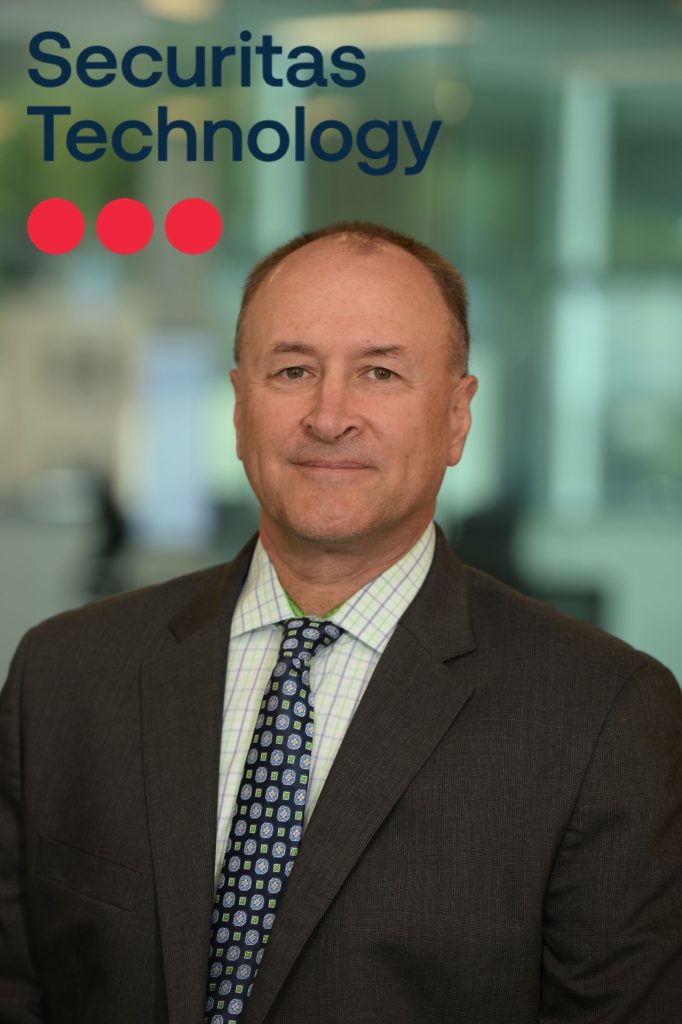In anticipation of GSX, we sat down with presenters of upcoming sessions in order to get a better understanding of the topics at hand. This week we are featuring, “Solving the Increase in Societal Crime Issues through Physical Security Design: Why the Current Wave of Crime is a Wake-Up Call for Security Professionals,” presented by Jeffrey Slotnick, CPP, PSP, the founder and president at Setacron Inc., Mark Folmer, CPP, the president at Robotic Assistance Devices, Mike McGovern, PSP, a business development manager, North America – Security Entrance Control at ASSA ABLOY Entrance Systems, and Antoinette King, PSP, the founder of Credo Cyber Consulting LLC. Read on for what they had to say and don’t forget to register for GSX 2022!
Q: How did you become interested in your topic?
MM: Civil unrest, retail theft and workplace crime (unauthorized entries) are occurring at an increasing rate and being met with less threat of police action/arrest. We have observed that offices, corporate campuses, and others need smarter technology and security design to address threats like these. In particular, retail establishments have been unfairly targeted for looting, vandalism, shoplifting, and other forms of violence. This is impactful on all businesses, but especially smaller retailers who may not have the resources to shore up their defenses. As industry professionals we want to share relevant information to help mitigate the impacts and costs of workplace crime, retail looting, vandalism, shoplifting, and other forms of violence.
Q: Tell us about your presentation and why security professionals should have this topic on their radar.
MF: It should be on all security professionals’ radar because it affects us all – either directly professionally because we are tasked with securing organizations that are being targeted or indirectly as consumers, shoppers, and citizens. There have been some significant changes in physical security technologies over the past several years giving security practitioners options when it comes to securing assets, providing services, and supporting internal stakeholders. The changes require an open mind and some consideration of digital transformation.
Q: What advice would you give security professionals interested in this topic?
JS: With the “The Great Resignation” occurring in law enforcement, response times are increasing. Especially in the retail environment where there is the perception that retail crime is covered by insurance. Deter, Detect, Delay, and Respond are still core fundamentals. If the response is delayed, we have to shore up the other three. As security professionals, it is incumbent upon us to stay informed not just of industry fundamentals but of recent and relevant changes that make us better practitioners. Retail crime touches us all, through losses in the supply chain, and increased operating expenses that are passed on to consumers, resulting in the increased cost of goods and services. Artificial intelligence, machine learning, improved technologies, and new technologies can all have a positive impact to mitigate retail crime. There are also proven methods and best practices that have been employed in other parts of the world and other retail industries that have relevance to our current conditions in the United States. Come join your peers for an informative and candid discussion of this critical topic.
Q: How do you see this issue evolving in the next 2-5 years?
AK: As the political landscape continues to trend towards lower incarceration rates for misdemeanor crimes, physical security industry professionals need to get more creative with the solutions we provide to our retail sector end users. We need to be considering not only the security of the merchandise, but also the safety of the employees and customers. Implementing solutions that provide multiple layers of security, as well as deterrence such as controlled entrances and egress technology, robotics, video analytics, and improved training for security officers, will help harden retailers as targets. There needs to be a stronger private/public partnership in protecting retailers in the regions that are being hit the hardest. If we do not take strong steps towards protecting these retailers so that they may remain open to support the communities they are in, we are going to see serious economic implications for these communities, as well as a reduction in availability of products and services for these communities.


